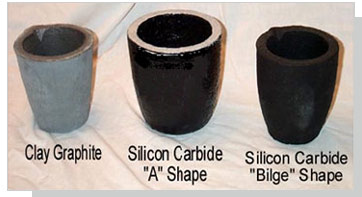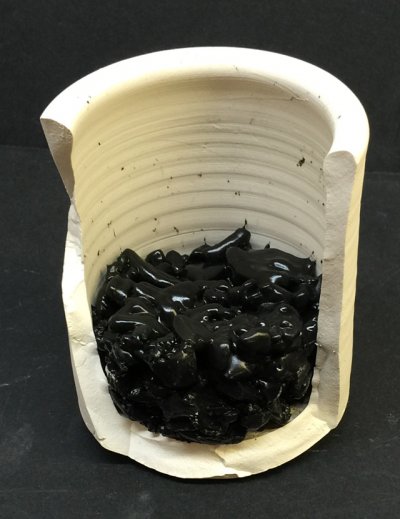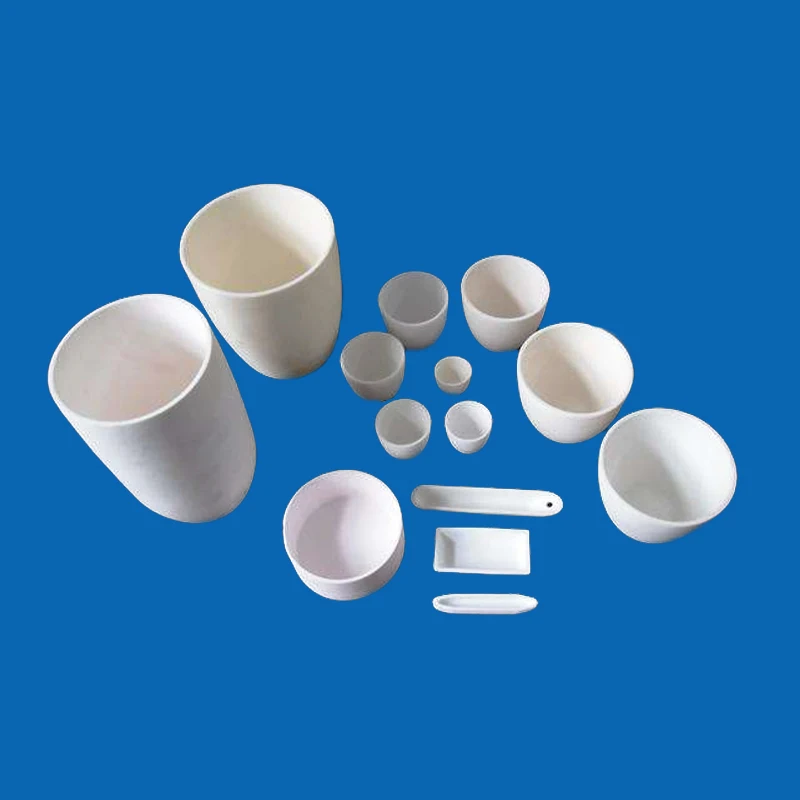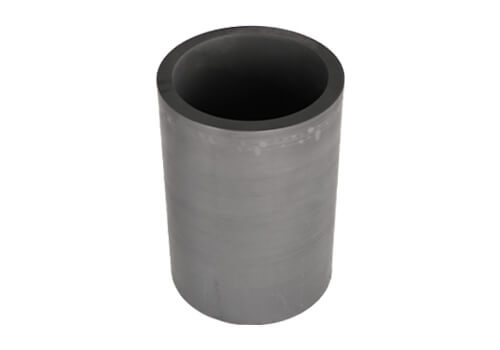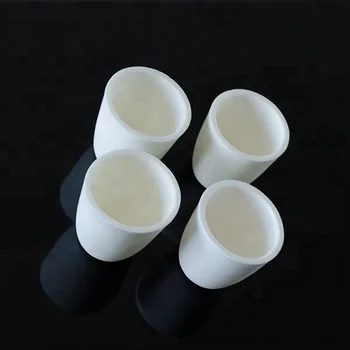Chiloskit 2pcs jewelry quartz melt dishes pot crucible casting ceramic crucible for sliver gold platinum refining 100g and 500g 4 5 out of 5 stars 15 13 11 13.
Ceramic crucible maximum temperature.
While crucibles historically were usually made from clay they can be made from any material that withstands temperatures high enough to melt or otherwise alter its contents.
100mm x 45mm x 20mm lxwxh thickness 4mm 80ml purity.
The unglazed porcelain rose style crucible eliminates the possibility of a reaction between the sample contents and a glazed coating.
Coorstek 60122 ceramic crucible cover size d 34mm fits crucible 60104 60133 60146 193 11 coorstek 60121 ceramic crucible cover size.
A high quality porcelain crucible.
Fe2o3 0 01 maximum working temperature.
When properly used the glazed pieces can withstand temperatures of 1050 degrees centigrade.
The porcelain is uniform in thickness and dense which allows stable mechanical strength and little permeability.
The corundum ceramic crucible doesn t react with air water vapor hydrogen carbon monoxide so it is widely used in oxidizing and reducing atmosphere.
1750 c or 3180 f density.
Broadly speaking uhtcs are borides carbides nitrides and oxides of early.
The crucibles are glazed on the inside and outside surface.
Catalog number capacity metric.
A crucible is a ceramic or metal container in which metals or other substances may be melted or subjected to very high temperatures.
If your operational practices lead to frequent heating and cooling cycles for the crucible or otherwise subject it to rapid temperature changes you will need to select a crucible that is resistant to thermal shock.
Heating and cooling rates should not exceed 200 c per hour and maximum use temp of 1150 c.
The 99 alumina corundum ceramic crucible can work for long term under 1650 c and its maximum working temperature is 1800 c.
B 26mm fits crucible 60103.
Porcelain ceramic thermally shock resistant maximum temperature for use.
The ability of a crucible to handle the rate of temperature change is as important as its minimum and maximum temperature limits.

